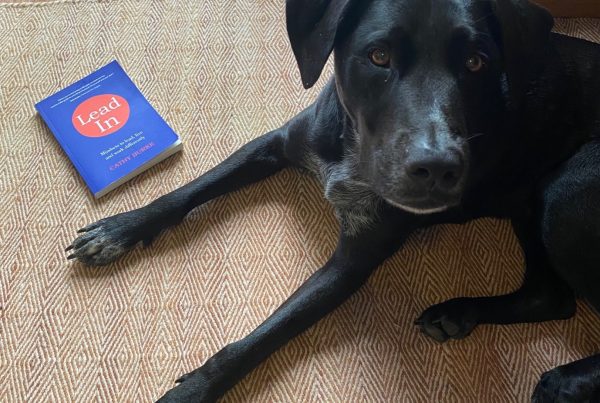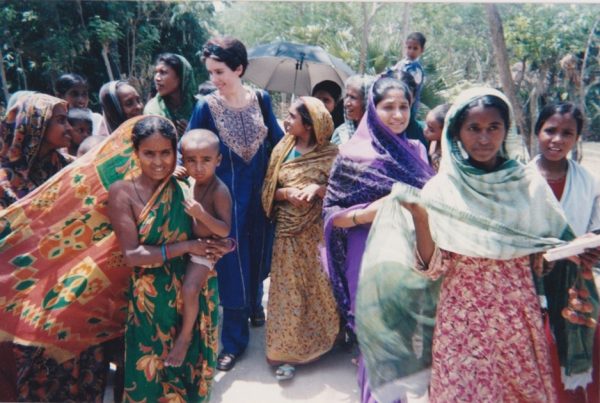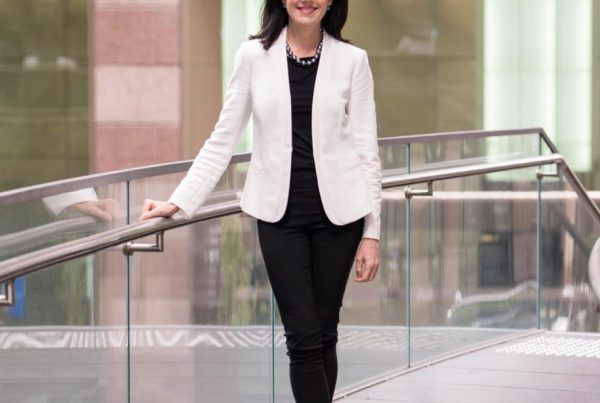Regular readers of this blog know I love to help leaders think bigger, deepen their impact, reimagine what they are capable of, and spread this empowerment to others.
In any organisation, the amount of change and disruption, the perceived lack of budget or people, the competing external pressures, and the seeming inability of management to skill up true leadership all exacerbate the stress and anxiety so common in today’s workplace. It’s estimated by Medibank Private that 3.2 days per worker per year is lost to workplace stress in Australia.
Managers often share with me ‘how the hell am I meant to make progress when so many different things are expected of me?’ The response is to double down, check out, or burn out – none of which is sustainable or desirable.
So what to do?
I learned a key piece of how to be powerful in the face of so many difficulties from my years at The Hunger Project. In villages around the world, I was immersed in profound lessons in leadership. Normal everyday people were tackling entrenched and systemic challenges, and winning. The key to this transformation was in unlocking a leadership mindset, and shifting it from ‘I can’t’ to ‘I can’ to ‘we can’.
While the situation in our organisation’s is not life or death, the toll and confusion is significant. Applying a leadership mindset has a crucial role to play in addressing our problems too.
Let’s see how the two are similar and what can be discovered.
When I first went to Bangladesh in 1998, there was hunger. Villagers worked long hours in the field, yet didn’t have enough to feed their families. Some government or charity programs were tried, but they fizzled out. People felt that if any change was to happen, it would only be through an outside intervention, as they couldn’t do it for themselves. Someone else needed to bring a truck of food, or bags of money to distribute. People felt like victims – resigned, cynical, and hopeless about the future.
Now in our organizations, we don’t face the same dire circumstances, yet the mindset mechanism is still the same. The complex shifting external environment, and the pace of disruption has people feeling powerless and disengaged. Employees are working long hours, yet they feel like they’re not getting ahead. People don’t believe they can meaningfully impact the situation. Some change programs are introduced, but they don’t really work. Some think a big, external intervention like a new CEO, or team leader is the only way forward. Innovation and collaboration stop. There is a sense of failure and futility. The impact on mental health is immense.
I’ve seen hunger end in villages in a matter of years in Bangladesh, and I’ve seen organizations thrive through change. The tipping point into a better future in both scenarios is the same – building a leadership mindset.
‘How can we do this Cathy?’ I hear you ask! Well, it doesn’t happen overnight – but like that old Pantene shampoo ad promised, it will happen! When teams shift their old mindset into a leaders mindset, people take ownership. They set a vision and take action. People are inspired by the direction and the role they can play. They start to feel a sense of agency and power. Teams and cross disciplines choose to work together rather than fragment in the face of tension. Engagement rates increase, retention increases and possibility infuses the team.
This is what I do and it makes me very happy.
Choose your leadership mindset. Create the hunger for change.





